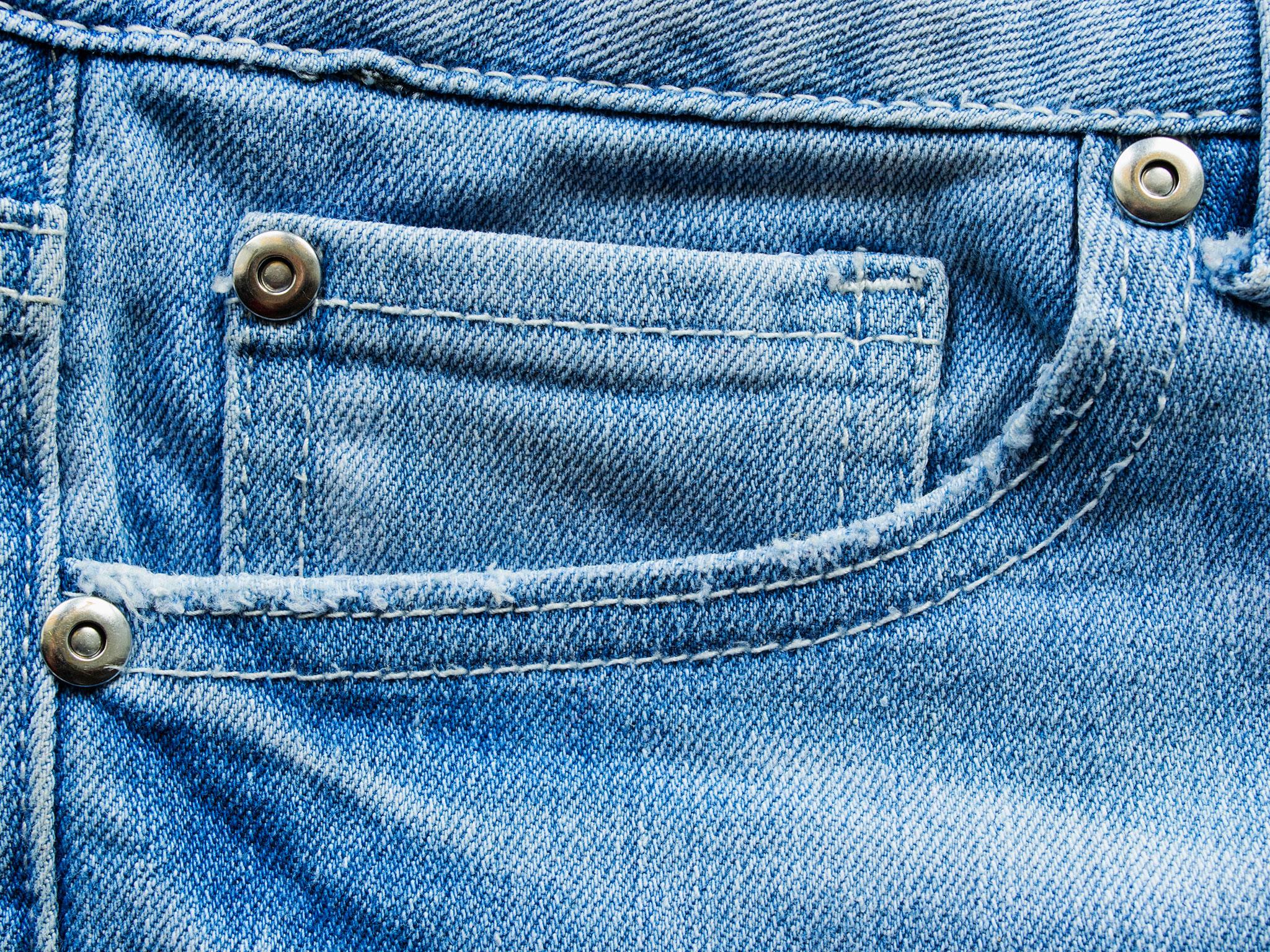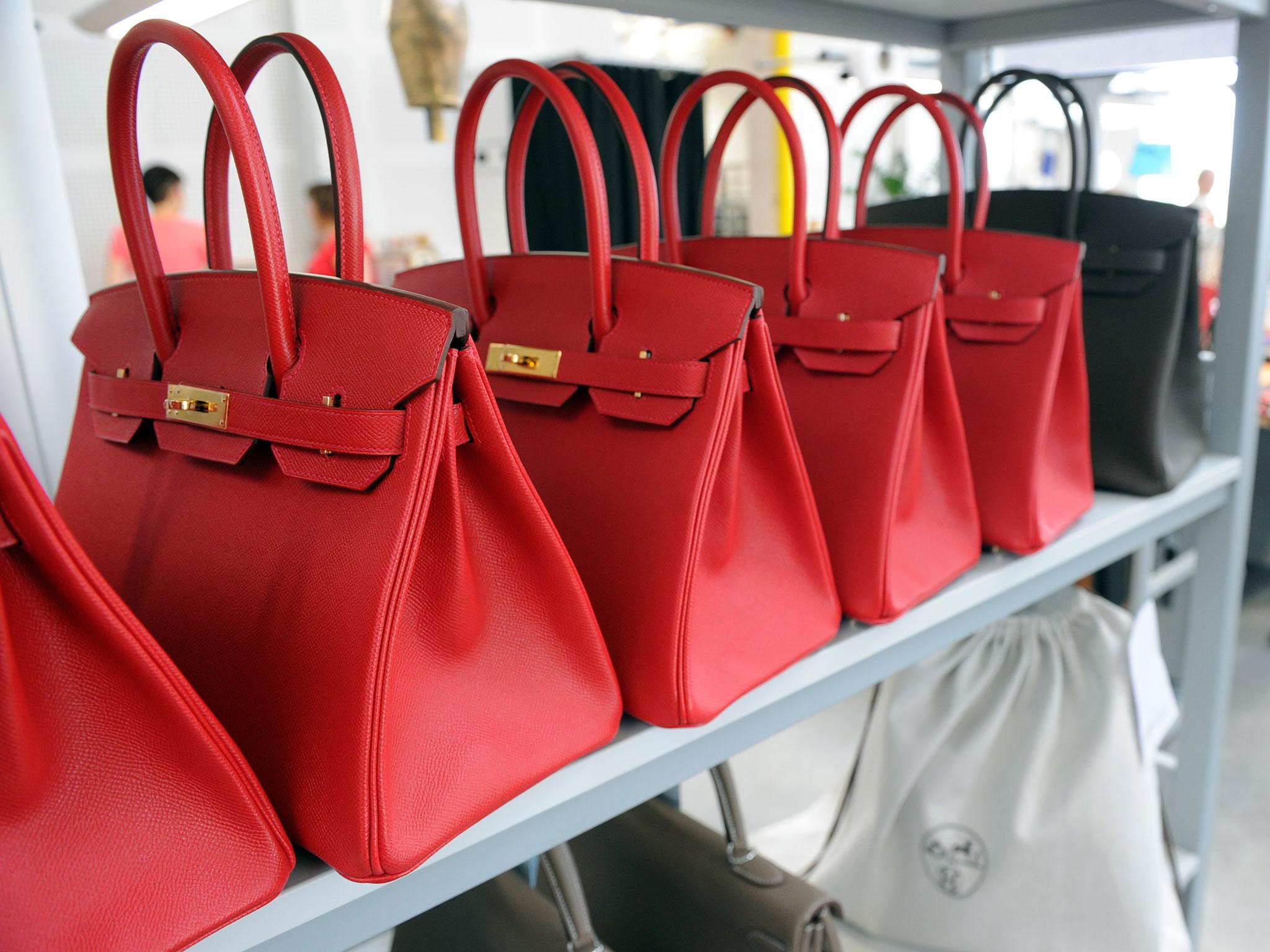Is Fashion Modern? New MoMa exhibition curator discusses the most iconic clothing items from the LBD to the Hijab
'Through fashion, we can communicate many different states of mind, from allegiance to indifference, insecurity, availability, and open-mindedness'

“That blue represents millions of dollars and countless jobs and it's sort of comical how you think that you've made a choice that exempts you from the fashion industry when, in fact, you're wearing the sweater that was selected for you by the people in this room from a pile of stuff,” sneers fictional Vogue editor Miranda Priestly in the Devil Wears Prada when her personal assistant Andy Sachs sniggers at her choosing between two near-identical blue belts.
It’s this idea that the fashion industry is engrained in our daily lives, whether or not we actively engage with it, which is being explored in a new exhibition at New York’s Museum of Modern Art (MoMA).
‘Items: Is Fashion Modern?’ explores 111 items, from jeans to the leather jacket and the suit, that have had an impact on the world in the 20th and 21st centuries across the world.
To find out more, we spoke to senior MoMA curator Paola Antonelli, about how her team decided which items to include, and why fashion is inescapable.
How did you select the items of clothing in the exhibition?
The main criteria were influence and good design. We selected garments and accessories that had a strong impact on the world in the past hundred years, and that also are remarkable from a design viewpoint. The idea of 'world' also demands definition, however. We decided to recognise our centre of gravity, New York City, and expand from it to contemplate the rest of the planet.
The exhibition suggests that our clothing is an important reflection of society. What is your response to people who believe that fashion is vacuous and pointless?
Our clothes are the interface between our soul and the world. They can function as filters, armors, amplifiers, and more. Through fashion, we can communicate many different states of mind, from allegiance to indifference, insecurity, availability, open-mindedness. From these lists of attributes and nouns, we can extrapolate how crucial fashion is our lives. Considering it vacuous means not understanding that in this day and age, even more than in the past, communicating has become the centre of our existence.
Moreover, the fashion industry is one of the most important players in the global markets, fundamental in any consideration about sustainability, labour practices, human rights, and more.
Not acknowledging the importance of fashion is almost delusional.
You invited some designers, engineers and manufacturers to reassess the 111 items you chose - what are some of the most surprising and exciting outcomes of this challenge?
every single prototype was a surprise. Of course, we expected great things from the designers and scientists we selected, but they often exceeded even those expectations. Some of the innovations were technological, and others exquisitely typological. Others still allowed us to make unexpected connections between faraway cultures.
In this vein, one of the most most surprising projects was Ryohei Kawanishi's guayabera. Ryohei is a Japanese designer based in New York. We gave him free choice of any item in the list and he picked that Cuban wardrobe staple, which he magnified – literally – and embroidered with episodes in the history of the relationship between the United States and Cuba, from the revolution of the 1950s to the Cuban missile crisis of 1962. His inspiration were the so-called “souvenir jackets” that Americans brought home from Asia after World War II, with reproductions of local stereotypes, from cherry blossoms is to dragons.
What do you hope audiences will take from the exhibition?
We hope that visitors will take away much of the same toolkit that they would from any design show at MoMA: an increased awareness of the ways in which design really is a crucial part of our everyday lives, and a critical vocabulary with which to engage it. With this show specifically, we hope that visitors have an increased appreciation for both the quotidian and higher echelons of fashion.
Fashion is a huge global industry, and a very personal part of our innermost identities; what we wear raises questions of labour and the environment that are particularly pressing today. Yet, fashion also is wildly and playfully subjective and quixotic. It is a diverse ecosystem, and we hope to train a design lens on that that terrain and to invite as many people as possible into that discussion.
Picking out a few items from the exhibition, why are they particularly influential?
The 501s, the ballet flats, and the Breton shirts in particular are successful adaptations of functional garments that were originally used by specific groups of people – from minors to sailors to ballerinas—and that have now become completely a simulated into fashion. They are also what I like to call 'humble masterpieces,' objects that are so much a part of our lives, so well designed and comfortable, they become almost invisible.
The Birkin bag stands in for the idea of luxury and represents objects so scarce and precious—weather because of materials and craftsmanship, because of marketing, or both—that they become objects of desire and obsession.

The little black dress is one of the very first items one thinks of when thinking of fashion. It is the zero degree of elegance. It is all about the silhouette, keeping the colour constant and working on the shape and the outline. Describing the progression of the little black dress as a concept throughout the 20th and 21st century is akin to describing the history of fashion in that same time period.
The masculine suit has enabled us to talk about power—hard and soft, old and new. By lining up several different stereotypes of suit, from Savile Row to the Zoot Suit, we have addressed the points of pressure between classes and genders. By considering the evolution of the suit in the past hundred years, we have come to the conclusion that it symbolism has changed. In this day and age, the man wearing a three-piece suit might be the bodyguard. The really powerful person might be wearing jeans and a T-shirt.

The hijab has become a visible and global symbol of the difficult balance between church and state, between rebellion and oppression, and between prejudice and freedom. It is also a symbol of the contested territory that is the female body. We have decided to look at it from different angles, asking experts to help us position it with respect for its complexity.
Join our commenting forum
Join thought-provoking conversations, follow other Independent readers and see their replies
Comments